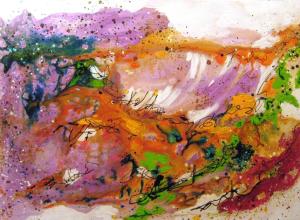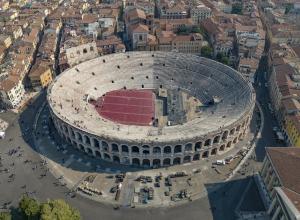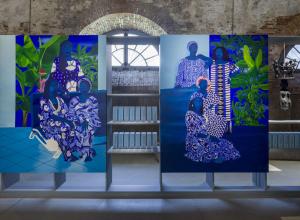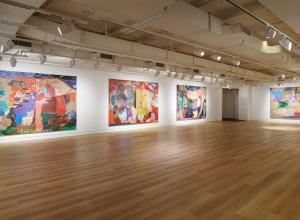
Georgia O'Keeffe, My Shanty, Lake George, 1922.
SALEM, MA – The Peabody Essex Museum (PEM) presents one of America’s most iconic artists in a new light. Georgia O'Keeffe: Art, Image, Style is the first exhibition to explore O’Keeffe’s unified, modern aesthetic and distinctive self-styling by presenting her paintings with her never-before-exhibited handmade garments and photographs of the artist. Organized by the Brooklyn Museum and guest curator Wanda M. Corn, Robert and Ruth Halperin Professor Emerita in Art History, Stanford University, this critically-acclaimed, nationally touring exhibition is on view at PEM from December 16, 2017 through April 1, 2018.
“For more than 70 years, Georgia O’Keeffe shaped her public persona, defied labels and carved out a truly progressive, independent life in order to create her art,” says Austen Barron Bailly, organizing curator and PEM’s George Putnam Curator of American Art. “O’Keeffe recognized that how she dressed and posed for the camera could signal an alliance between her attire, her art, and her home. Her aesthetic legacy of organic silhouettes, minimal ornamentation and restrained color palettes continues to capture the popular imagination and inspire leading designers and tastemakers of today.”
Through 125 works, Georgia O'Keeffe: Art, Image, Style examines how the renowned artist adeptly crafted her image in the public eye. “O’Keeffe considered her clothed body as another canvas on which to proclaim her modernism,” says Bailly. “The exhibition expands our understanding of O'Keeffe, exploring how she expressed her identity and artistic values.” O’Keeffe’s androgynous persona, feminist outlook, stark fashion sense and skill as a seamstress combine to create a new understanding of her role as an artist and an individual.
Rejecting the staid Victorian world into which she was born, O’Keeffe absorbed the progressive principles of the Arts and Crafts Movement, which promoted the idea that everything a person made or chose to live with should reflect a unified and visually pleasing aesthetic. “O’Keeffe drew no line between the art she made and the life she lived,” notes guest curator Wanda M. Corn. “She strove to make her life a complete work of art, each piece contributing to an aesthetic whole.”
Throughout her life, O’Keeffe had strong opinions about how she wanted to look, no matter what the dress codes of the era dictated. O’Keeffe’s distinct aesthetic sensibility can be traced from her school age rebellion against prevailing feminine ornamentation; to her New York years in the 1920s and ‘30s when a black-and-white palette dominated much of her art and dress; to her later years in New Mexico, when her art and clothing changed in response to the Southwestern landscape. Whether sewn by O’Keeffe herself, custom made, or bought off the rack, she consistently favored the simple lines and abstract forms that also reverberated through her artwork and home design.
Photography played an enormous role in solidifying O’Keeffe as a pioneer of modernism as well as an immediately recognizable style icon. A multiyear, serial portrait project with her husband Alfred Stieglitz ultimately helped O’Keeffe become the most photographed American artist of the 20th century and contributed to a wider understanding of photography’s power to shape public image.


























